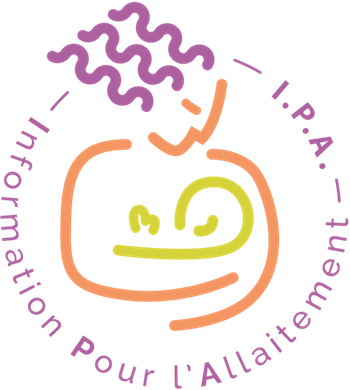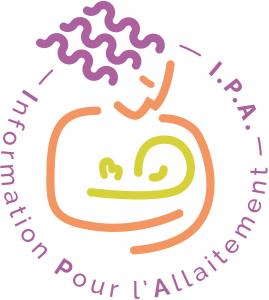Catégories
Documents disponibles dans cette catégorie (39)
 Ajouter le résultat dans votre panier Faire une suggestion Affiner la recherche
Ajouter le résultat dans votre panier Faire une suggestion Affiner la rechercheArticle : texte imprimé
Breastfeeding rates in the United States continue to rise, but still fall short of goals for both initiation and continuation. Many different maternal demographic characteristics have been identified as risk factors for not breastfeeding, but th[...]Article : texte imprimé
MS Clements, Auteur ; EA Mitchell, Auteur ; SP Wright, Auteur |Factors associated with not exclusively breastfeeding at discharge from the obstetric hospital and with duration of breastfeeding were examined in 700 randomly sampled infants. Obstetric records were examined in 97.7% of the subjects and 73.0% o[...]Article : texte imprimé
Article : texte imprimé
S Arora, Auteur ; C McJunkin, Auteur ; J Wehrer, Auteur |OBJECTIVE: To determine factors influencing feeding decisions, breastfeeding and/or bottle initiation rates, as well as breastfeeding duration. SETTING: A family medicine practice of a 530-bed community-based hospital in northwestern Pennsylvani[...]Article : texte imprimé
Article : texte imprimé
Pawin Puapornpong, Auteur ; Panwara Paritakul, Auteur ; Maysita Suksamarnwong, Auteur |Background: Nipple pain is the most common complaint of breastfeeding mothers during the immediate postpartum period. Persistent nipple pain is associated with low breastfeeding rate at 6 months postpartum. Objective: To further explore the i[...]Article : texte imprimé
MT Tarkka, Auteur |BACKGROUND: Maternal role attainment is largely a cognitive and social process that is influenced by the cultural and family context and the mother's and child's traits and characteristics. Feedback from a social network is important to validate[...]Article : texte imprimé
Breastfeeding has been discussed as a critical human adaptation (Sellen, 2007), an optimal method of infant feeding (American Academy of Pediatrics, 2012), personalized medicine (Victora et al., 2016), a behavior that elicits human connection (F[...]texte imprimé
Ce travail a pour objectif de mieux connaître, à partir d'entretiens semi directifs menés auprès de 36 femmese vivant dans la précarité, les modalités du choix de leur mode d'alimentation, et l'influence des professionnels de santé et de l'entou[...]Article : texte imprimé
Despite widespread awareness of the health benefits for both mothers and babies we are far from achieving universal breastfeeding. Breastfeeding rates globally are lower than recommended levels and there are concerns that some global breastfeedi[...]Article : texte imprimé
Lee Shephered, Auteur ; Cherokee Walbey, Auteur ; Brian Lovell, Auteur |Background: Previous research has suggested that exclusive breastfeeding is likely to be predicted by social-cognitive variables and fear. However, there is little research assessing the role of regret and self-conscious emotions (e.g., pride a[...]Article : texte imprimé
Yeon K. Bai, Auteur ; Lauren M Dinour, Auteur |Background: A proper assessment of multidimensional needs for breastfeeding mothers in various settings is crucial to facilitate and support breastfeeding and its exclusivity. The theory of planned behavior (TPB) has been used frequently to mea[...]Article : texte imprimé
Alison Stuebe, Auteur |Breastfeeding is a core component of population health. All major medical organizations recommend 6 months of exclusive breastfeeding, followed by continued breastfeeding for at least 12 months, and longer as mutually desired by parent and child[...]













